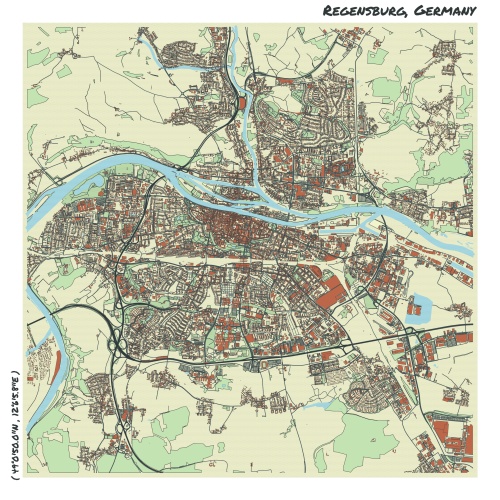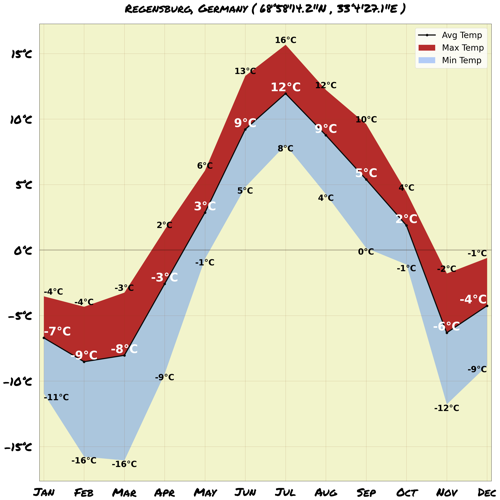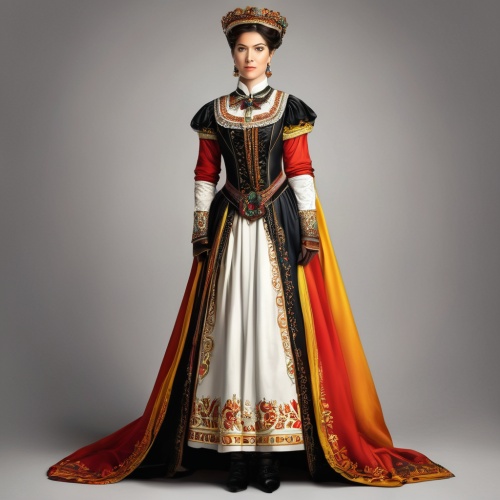Understand
Regensburg, a town with a rich history, has witnessed the rise and fall of various civilizations over the centuries. Let's take a journey through time and explore the notable milestones that have shaped this vibrant city: - Around 5000 B.C.: A neolithic settlement emerges in the area, providing a glimpse into the ancient past. - 1st millennium B.C.: The Celts establish a settlement known as Radasbona, Ratasbona, or Ratisbona, adding their cultural footprint to the region. - 1st century A.D.: The Romans construct the formidable Fortress "Kastell Kumpfmühl," only to see it destroyed by Germanic tribes around 170 A.D. - 179 A.D.: Determined to leave their mark, the Romans build the magnificent Fortress "Castra Regina" at the northernmost bend of the Danube river. - 739: A bishopric is established, marking the beginning of religious influence in Regensburg. The construction of the present cathedral begins in 1273, a colossal project spanning almost 600 years. - 1146: The iconic Steinerne Brücke, also known as the Stone Bridge, is completed. This engineering marvel opens trade connections to Paris, Venice, and even Novgorod, propelling Regensburg into a flourishing city. - 1245: Regensburg attains the status of a Freie Reichsstadt, or free imperial city, solidifying its significance during the Middle Ages as one of Germany's largest cities. - 1663-1806: Regensburg becomes the esteemed seat of the Immerwährender Reichstag, hosting the Perpetual Diet of the Holy Roman Empire for over a century. - 1806: The Holy Roman Empire dissolves within the walls of Regensburg during the Napoleonic Wars, marking a pivotal moment in European history. - 1995: A momentous occasion, Regensburg celebrates its 750th anniversary of being a free imperial city, cherishing its enduring legacy. Embark on a journey through time and immerse yourself in the captivating story of Regensburg's past!








Comments
NO COMMENTS